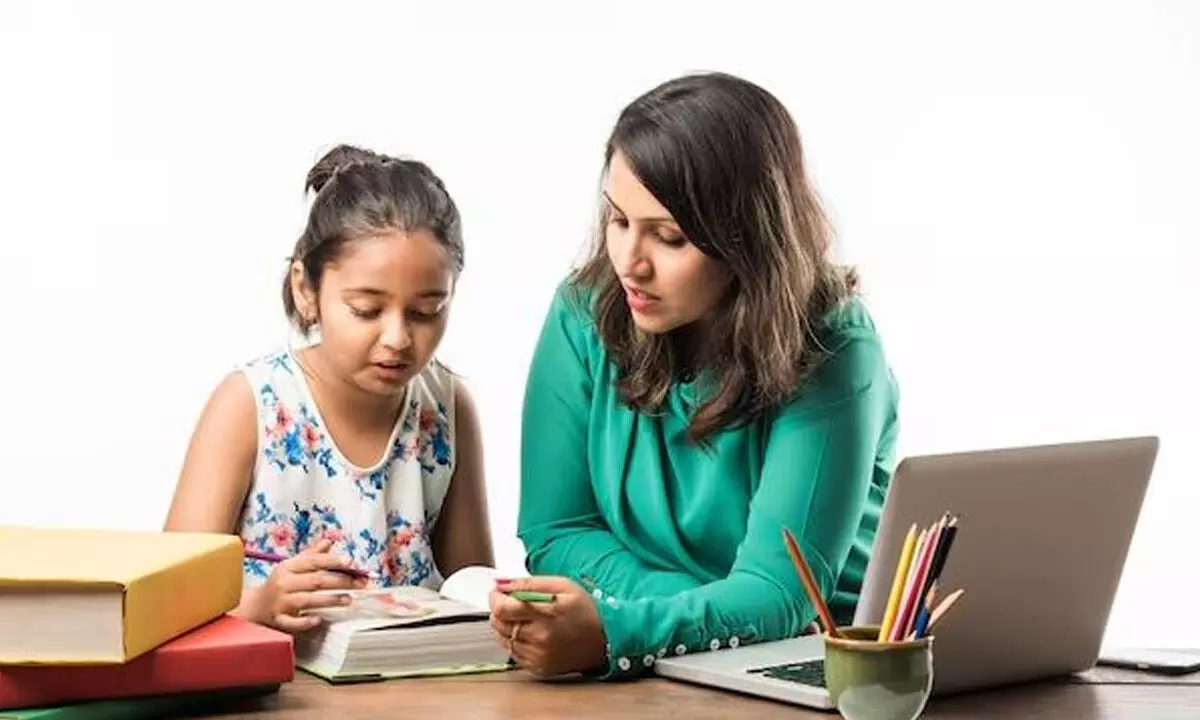How ancient Indian narratives Ramayana, Mahabharata continue to influence modern storytelling & culture

The Ramayana and Mahabharata are not simply great literary and religious ‘works’. They are a language. Alanguage made up of ideas, emotions, characters and moments.
The Ramayana and Mahabharata are not simply great literary and religious ‘works’. They are a language. Alanguage made up of ideas, emotions, characters and moments. They are a set of symbols of such power that they have fired the hearts and imaginations, of not just generations of Indians, but also individuals and communities the world over.
In the past, kings, poets, playwrights and architects ‘spoke’ the language of the two poems fluently. They adorned their edicts, writings and buildings with them. A king could liken himself to Rama or Yudhisthira. A poet could use them to minutely examine the human condition, whilearchitects designed the Ramayana and Mahabharata into the very fabric of society. From Arjuna’s penance in Mahabalipuram to the glories of the Kailasamandir in Ellora,these two great poems were not just spoken, but inhabited through daily worship.
This flood of creativity has never abated. We find the twopoems‘spoken’ in Tamil Sangam literature, in the outpourings of the bhakti saints, such as Tulsi’sincomparableRamcaritmanas, as well as in numberless regional retellings and performance traditions. The two poemswere‘spoken’ anew insearing indictments of colonial abuse, such as Khadilkar’sKicakavadha, where Draupadi becomes Bharatmata herself, subject to the predatory attentions of Kicaka, who stands for the rapacious British.
Since then, Amar Chitra Katha has retold episodes from both the Ramayana and Mahabharata; these have been the means for children from the late sixties onwards to ‘speak’ their first halting ‘sentences’ in the language of the two poems. New comic book versions, such as Ramayan 3392 have ‘spoken’ the poem into the far future. Ashok Banker retold the Ramayana and brought a whole new literary genre into being, which has led to the retelling of almost all the Sanskrit classics in accessible paperback form. Doordarshan‘spoke’ both the Ramayana and Mahabharata for all to hear thirty years ago and once again during lockdown to bring comfort in troubled times. Sashi Tharoor continued the satirical traditions of the Raj era in speaking the modern history of India as the history of the Bharatas in his Great Indian Novel. Peter Brook, the noted director of the Royal Shakespeare Company, retold the Mahabharata in an experimental fashion in 1985 to both praise and censure. Indian cinema‘speaks’ these poems anew for each generation -from the ‘mythologicals’ of the thirties, to the crisp science fiction of Kalki 2898AD-released this year. As all this happens, grandmothers and grandfathers still whisper these tales to enthralled children on mud floors and on
designer sofas.
At Anant National University, where I am a visiting scholar, I have given the whole foundation year translated fragments of the Sanskrit texts of the Ramayana and Mahabharata. We call these kathabija or ‘story seeds’. Their task is to form their own creative relationships with these extraordinary poems as they blossom into the change-makers of the future. They are doing this in teams, which means that as they create, they must also negotiate and, in so doing, they form a microcosm of Indian society.
This country’s greatest resource, its bright and energised youth, with their different beliefs, practices and places of origin, are, at Anant,coming together to ‘speak’ Ramayanaand Mahabharata, as has happened for more than two thousand years in the
subcontinent.
They do this, not in a spirit of division, but in a spirit of deep commitment to shared and timeless values, to a common humanity and to civil society, as well as to celebrate a distinctively South Asian gift to the world.
For more than thirty years, the Ramayana and Mahabharata have led me through my own ‘Kurukshetras’ and -fleeting- moments of ‘Ramrajya’. It has been the pleasure and privilege of my life, as a boy from North London, to learn to speak the language of the Ramayana and Mahabharata and to join a conversation that will, without doubt, never end.
(The author is Professor of the Religions of South Asia at Cardiff University, UK. He is a specialist in the Sanskrit Mahabharata and the author of more than thirty books, articles and chapters on the history or religion in the Indian sub-continent. He is currently a SCOPE Scholar (School of Creative Practice and Enterprise) at Anant National University, Ahmedabad)















